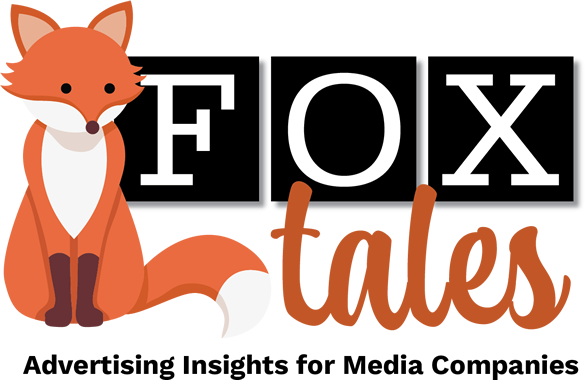The world of digital advertising can be a mystifying, murky place for the unaware.
There’s always some new technique, or technology, or phrase to get a handle on, and even the most basic practices are fraught. Scandals crop up regularly. Are you really reaching the audience you need to reach? How much money are you wasting.
So when I came across one of the aforesaid new phrases in a recent AdExchanger report, it caught my eye and stopped to read the story.
Some business practices on the internet may not be against the law, the story said, but at the same time they undermine consumer choice. And there’s a new name for this practice—dark patterns.
Dark patterns, according to AdExchanger, are any user interface features that impede consumer decision making. They include difficult subscription cancellation processes, click-to-close buttons that are maddeningly hard to see, tricks like opt-in buttons that are more attractive than the corresponding opt-out option, and dishonest pricing models.
Like many internet “innovations,” such as the cheesy click-bait advertising at the bottom of every story, rise in popularity until brands realize the hit their reputations take as a result.
And in an era where privacy concerns are paramount, regulatory advocates and agencies are tasking note and weighing action.
For the moment, according to AdExchanger, the focus remains on self-regulation. But that approach most of the time yields little real reform.
For the Federal Trade Commission to bring a case, a dark patterns allegation has to qualify under the FTC’s definition of “unfair or deceptive” under Section 5 of the FTC Act. And the challenge is determining to what extent dark patterns overlap with illegal business practices specifically defined as “unfair or deceptive.”
The most common example of dark patterns is automatic subscription renewals, when customers are billed cyclically without their knowledge or consent.
To protect consumers from illegal billing, Congress passed the Restore Online Shoppers’ Confidence Act (ROSCA) in 2010. It was designed specifically to protect against post-transaction charges. It’s actively enforced by the FTC.
Going forward, the FTC’s ability to apply ROSCA beyond subscription traps will expand efforts to combat dark patterns. For example, an “accept all cookies” button that appears brighter and more visually compelling than the “reject all” button could constitute a dark pattern against which enforcement might apply. And regulators are also scrutinizing “drip pricing,” when companies advertise one price but then add other fees that don’t show up until the very end of checkout.
Bottom line: Whether it’s deceptive advertising, or UX tricks, the online world still needs to clean up its act.
